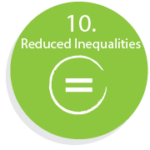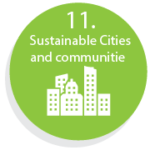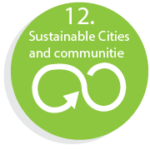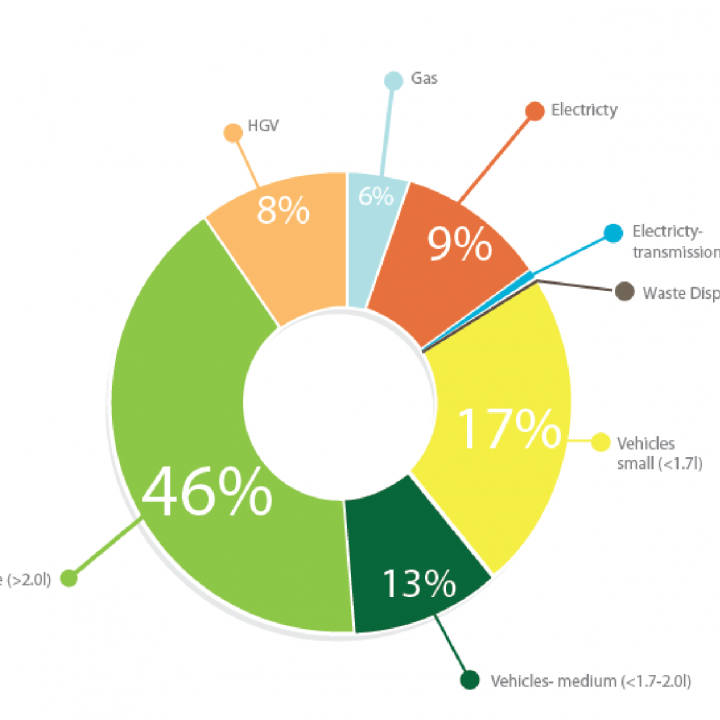What Is Carbon Zero?
The term Carbon Zero/ net zero means achieving a balance between the carbon emitted into the atmosphere, and the carbon removed from it. This balance – or net zero – will happen when the amount of carbon we add to the atmosphere is no more than the amount removed.
To reach net zero, emissions from homes, transport, agriculture and industry will need to be cut. In other words, these sectors will have to reduce the amount of carbon they put into the atmosphere. But in some areas, like aviation, it will be too complex or expensive to cut emissions altogether.
These ‘residual’ emissions will need to be removed from the atmosphere: either by changing how we use our land so it can absorb more carbon dioxide, or by being extracted directly through technologies known as carbon capture, usage and storage
10 years as a Carbon Zero Company
Balmforth & Co
Carbon Neutrality
To be considered carbon neutral, an organization must reduce its carbon footprint to zero. Determining what to include in the carbon footprint depends upon the organization and the standards they are following.
Generally, direct emissions sources must be reduced and offset completely, while indirect emissions from purchased electricity can be reduced with renewable energy purchases.
Direct emissions include all pollution from manufacturing, company owned vehicles and reimbursed travel, livestock and any other source that is directly controlled by the owner. Indirect emissions include all emissions that result from the use or purchase of a product. For instance, the direct emissions of an airline are all the jet fuel that is burned, while the indirect emissions include manufacture and disposal of airplanes, all the electricity used to operate the airline's office, and the daily emissions from employee travel to and from work. In another example, the power company has a direct emission of greenhouse gas, while the office that purchases it considers it an indirect emission.
Cities and countries represent a challenge with regard to emissions counting as production of goods and services within their territory can be related either to domestic consumption or exports. Conversely the citizens also consume imported goods and services. To avoid double counting in any emissions calculation it should be made clear where the emissions are to be counted: at the site of production or consumption. This may be complicated given long production chains in a globalized economy.
Moreover, the embodied energy and consequences of large-scale raw material extraction required for renewable energy systems and electric vehicle batteries is likely to represent its own complications – local emissions at the site of utilization are likely to be very small but life-cycle emissions can still be significant.
Carbon is used as both a source of electricity and a feedstock in energy-intensive industries, making decarbonization impossible. If CO2 emissions and sources are to be captured and stopped from entering the atmosphere, an alternate chemical solution must be formulated that achieves the desired output while not releasing CO2 as a by-product
Partner
CO2Balance
CO2balance specialises in developing high impact carbon projects and providing innovative carbon management solutions to businesses, NGOs and public institutions.
Carbon Zero – Our Impact
Carbon Saved
Wood Saved

Number of Staves Built

Number of Families Helped

Total People Impacted

Total Children Impacted

Number of Eldery Helped
Working Time Saved

Total Respiratory Improved Cases
Carbon Zero
UN Sustainable Development Goals we have achieved:













